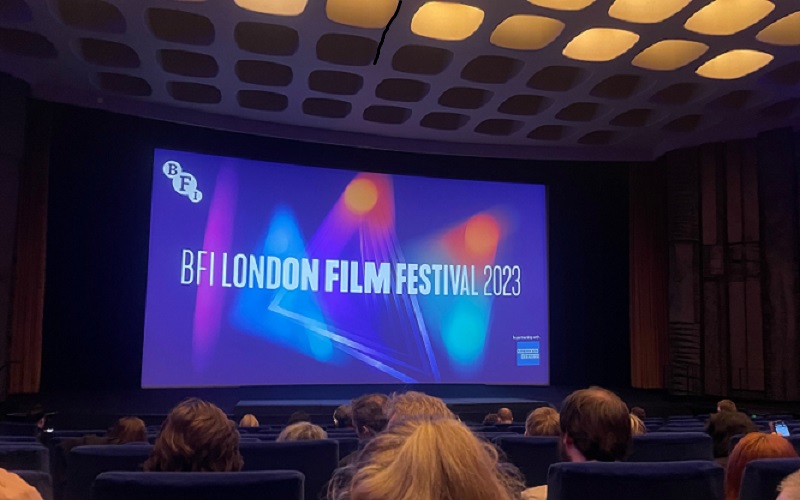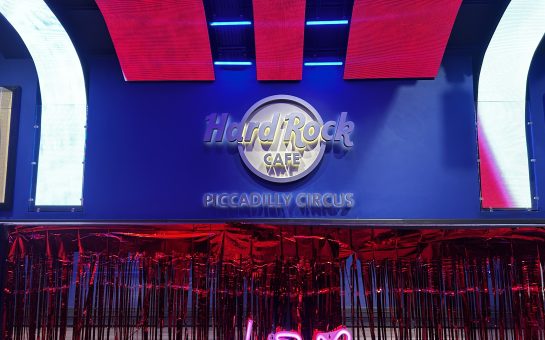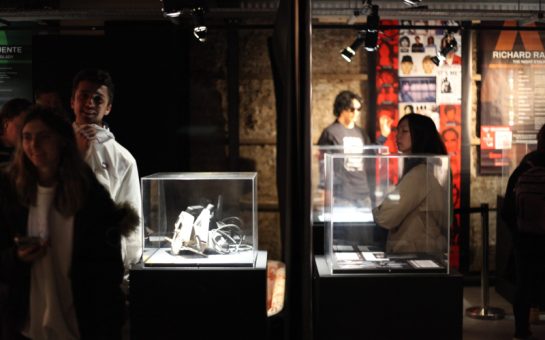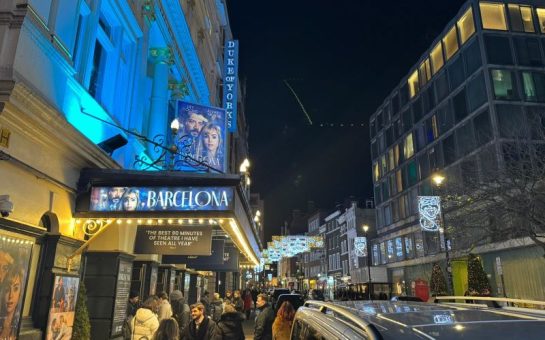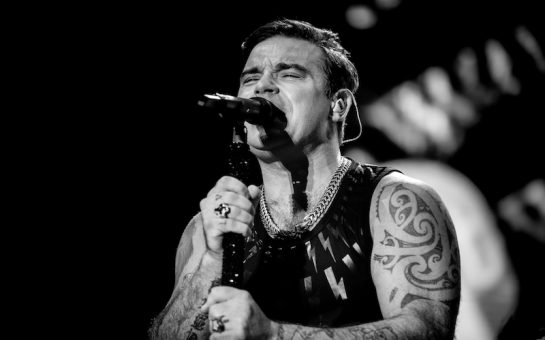The BFI London Film Festival, which ran from 4th-15th October, concluded last Sunday with the premiere of Hayao Miyazaki’s final ever film The Boy and the Heron.
The veteran Studio Ghibli director, known for classics such as Spirited Away, Princess Mononoke and My Neighbour Totoro, “retired” in 2013 with The Wind Also Rises, but has returned to film-making a decade later.
Despite paying homage to the 1937 Japanese novel How Do You Live by Genzaburo Yoshino (the film’s Japanese title shares the same meaning), there is a strong sense of autobiography in the narrative construction of this film.
It begins with 12-year-old Mahito, who is forced to move with his father and new stepmother to a grand countryside house after the tragic death of his mother in a hospital fire.
This is conveyed through an intense opening flashback, imagining Mahito as a type of intangible spirit ghosting in vain towards the flames – too late to save her – which also foreshadows the movie’s ethereal sensibility that becomes evident later on.
Struggling to process both his grief and the new domestic situation, Mahito begins frequently seeing a grey heron, who definitely is more than what he first appears to be.
The early details of Mahito life’s (his father working for an air munitions company, him having to move away because of the war, his deep connection with his mother) is strongly reflective of Miyazaki’s own journey, and it is fitting that someone whose filmography has drawn so much on personal convictions completes his canon by unpacking aspects of his own life.
While this one lacks the emotional heft of Miyazaki’s greatest works, there is a reassuring familiarity with how the childlike and fantastical are used to allegorise problems that will eventually trouble all of us.
The great director here displays a refreshingly optimistic outlook regarding the sombre inevitability of mortality, with the scene between Mahito and his granduncle suggesting an attempt to renounce generational trauma.
The film’s strongest draw lies in its visual charm – even now, the power and depth of Ghibli’s imagination still manages to amaze.
There are little, Spirited-Away esque creatures called Warawara, who look like little animated marshmallows and have to make treacherous aerial journeys whilst being threatened by swarming pelicans (like baby turtles in a David Attenborough documentary).
There are man-eating parakeets, who sound terrifying, but actually end up eliciting adored-filled laughter and are more akin to giant Angry Bird plushies.
This surface effectively distracts from the fact that the story can occasionally feel slightly contrived – it is decently strong world-building but also edges dangerously close to a Ghibli multiverse film.
Yet Mahito’s self-awareness in recognising his own shortcomings towards the end brings a poignancy that undercuts the dazzling animation; Miyazaki’s willingness to dip his toe into childhood mental health shows that, akin to his previous environmentalism and promotion of gender equality, he will always be on the ball with topical issues.
If this is going to be his final film, it’s a comfortingly heart-warming way to go out.
